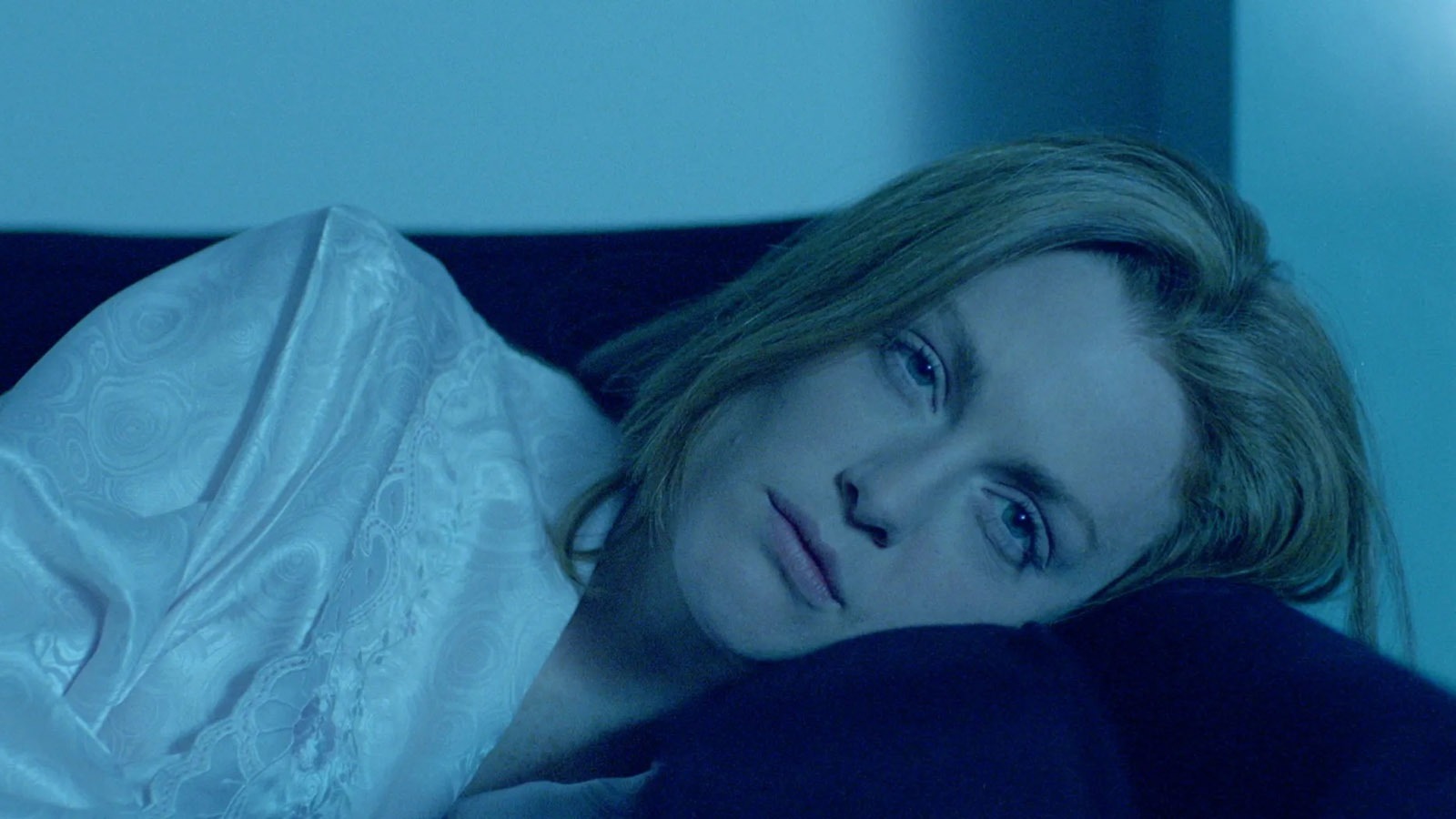Survivors

Here comes the Labor Day weekend, and with it, the Telluride Film Festival. Cate Blanchett, who is currently garnering raves for her performance as a conductor and composer in Todd Field’s TÁR; Mark Cousins, who will present The March on Rome and My Name is Alfred Hitchcock; and Sarah Polley, whose Women Talking will see its world premiere at Telluride, will receive Silver Medallion Awards. Telluride’s guest directors this year are Kantemir Balagov (Beanpole) and Kira Kovalenko (Unclenching the Fists), who will present films by Abbas Kiarostami, Lee Chang-dong, Kira Muratova, Alice Rohrwacher, Alexander Sokurov, and Jean Vigo.
- Between screenings of rarities and restorations at this summer’s Il Cinema Ritrovato, Farran Smith Nehme “encountered numerous folks who’d caught one Fregonese film and immediately filled their dance card with all of them.” Hugo Fregonese: Man on the Run, a series dedicated to the Argentine director who worked in Hollywood in the early 1950s and then carried on making films around the world, is on at the Museum of Modern Art through September 14. Fregonese’s “best films are fueled by desperation, a clean and potent but highly flammable form of energy,” writes Imogen Sara Smith in the Notebook. “Just as fight-or-flight adrenaline sharpens our senses and reflexes, his filmmaking reaches heights of rigor and intensity when his characters are in the tightest spots—locked up, on the run, or under siege.” As Kristin M. Jones writes in the Wall Street Journal, MoMA’s series “casts a spotlight on a fascinating career that deserves to be brought out of the shadows.”
- 4Columns is back from its summer break, and writing about the essays collected in The Cinema House and the World: The Cahiers du Cinema Years, 1962–1981,Nick Pinkerton notes that Serge Daney “often pounces on a telltale choice in a film that seems to reveal its essence, the loose thread that unravels the garment. These details become springboards, points from which Daney can launch himself into speculations on qualities particular to the phantasmagoric medium of cinema as a whole—for his Cinema House is unquestionably haunted.” MIT Press has posted an excerpt, Daney’s 1979 essay on Francis Ford Coppola’s Apocalypse Now: “In America, cinematographic techniques and the technology of war were of a pair: killing and filming ‘progressed’ in tandem. The film viewer gradually became accustomed to being a survivor.”
- Bertolt Brecht “never had any illusions about Hollywood,” writes Peter Wollen in a recently rediscovered essay featured in the current issue of the New Left Review. Wollen creates an admiring but hardly hagiographic portrait, focusing on the playwright and poet’s interactions with the artists he worked with between 1941 and 1947, and the years he spent as an exile in Los Angeles. Fascinating connections are mapped between Joseph Losey, Charles Laughton, Peter Lorre, and Fritz Lang, with whom Brecht worked on Hangmen Also Die! (1943). Frustrated by the direction the screenplay was taking, Brecht jotted down a “recipe for success in writing for films: you have to write as well as you can, and that has to be bad enough.”
- Michael Schultz directed Denzel Washington, Samuel L. Jackson, and Blair Underwood in their first features and worked with Richard Pryor on three movies, starting with Car Wash (1976). “At eighty-three,” writes Reggie Ugwu at the top of his interview in the New York Times, Schultz is “probably the longest-working Black director in history.” The conversation naturally begins with Cooley High (1975), the influential comedy—and heartbreaker—about two close friends in 1964 Chicago. “I thought it could be a window into the lives of Black kids that had never been seen before,” says Schultz. “My theory was that if it was as culturally specific as possible, and as Black as possible, it would translate across the racial divide and people would fall in love with these kids and their humanity.”
- Far from Heaven, Todd Haynes’s glorious homage to Douglas Sirk starring Julianne Moore, premiered in Venice twenty years ago today. As it happens, Moore is presiding over this year’s jury. Haynes and Moore first worked together on Safe (1995), and even then, as he tells Rory O’Connor at the Film Stage, Sirk’s influence can be seen in “the ways that the female characters have such a kind of claustrophobic relationship to the worlds that they live in, and how much the objects around them and the possessions around them define who they are or contribute to questions about who they are.” Haynes also chats about his good friend Kelly Reichardt and mentions that he and Kate Winslet had such a fine time working with HBO on Mildred Pierce (2011) that they’ve just signed on to make another miniseries together.



